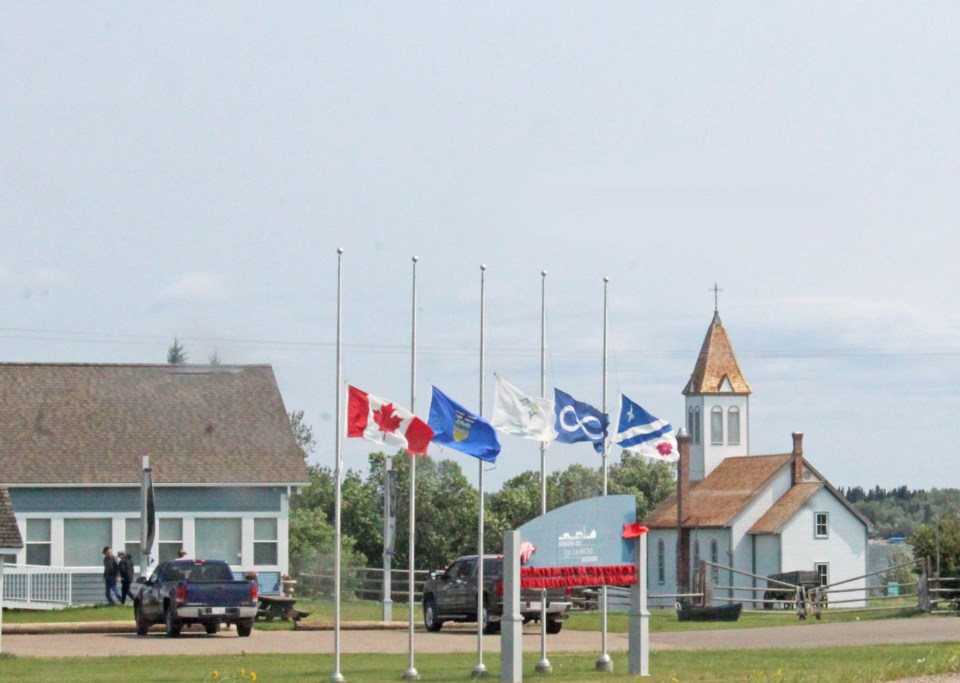LAC LA BICHE - For five years in the late 1900s, the Lac La Biche Mission was a residential school. It is a dark legacy that is part of the site’s 170-year history.
Next month, the memory of Indigenous children who lived and were schooled at the Mission during that period will be honoured with a special monument.
Site administrator Christelle Shepherd says the society that operates the Mission obtained grant funding from Ottawa through the federal “Commemorating the History and Legacy of Residential Schools” program to construct the monument. Shepherd continued by saying this is an important step in the journey towards truth and reconciliation.
“We want to honour the children who attended the residential school here, but also those other Indigenous children throughout Canada – as well as their families - who to this day continue to be impacted by the tragic events of the past,” Shepherd says.
The monument is a six-foot-long bench.
Following discussions with advisories groups associated with the project, it was decided that the bench would incorporate various images depicting Indigenous culture, including the Seven Sacred Teachings and the Medicine Wheel.
Once the monument arrives, it will be placed between the old church on the grounds and Lac La Biche Lake.
“We will host a ceremony in the fall with the unveiling of the monument and will be releasing more details closer to the date,” says Shepherd.
The residential school at the Mission was operated from 1893 to 1898 by the Oblate priests and the Grey Nuns. In 1898, the school was relocated to Saddle Lake where it remained until 1931. It was moved closer to the St. Paul community and operated until 1970.
While the residential school left the Lac La Biche Mission site, the religious orders continued to operate a school at the MIssion. The Daughters of Jesus sisters and the remaining Oblate priests operated a boarding school on the site from 1905 until 1963.
“Many children from the region, and many from surrounding towns, came to school here,” says Shepherd. “Some stayed at the Convent as boarding students while many others were day students.”
The Mission site also houses a cemetery where community members and others associated with the Mission are buried. The cemetery also features a ‘mass grave’ where victims of serious, widespread illness are buried.
As the truth and reconciliation movement continues, and many sites of former residential schools across the country are being examined for buried bodies, Shepherd says she expects the Lac La Biche location will see more in-depth examinations in the near future.


